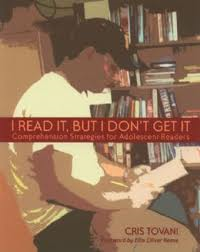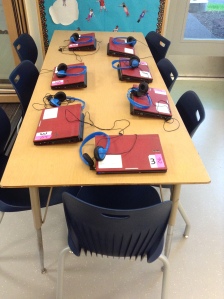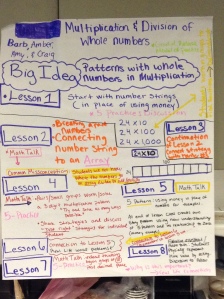Throughout this quarter I have spent numerous hours reflecting on my teaching practices. I have had many more opportunities to take charge of lessons and try on different teaching styles and management practices that have worked, and others that have failed miserably. After every encounter with my students I feel like I am thinking of ways that I could improve for next time. Also, I have found that if I did something well, I should take the time to celebrate small victories and give myself a pat on the back for my growth. The more time I get to spend with my students, they more I feel like I am learning how to improve my practices.
Now that I am taking over more lessons in my main placement I am starting to see how my teaching is actually affecting my students. Whenever I look over assignments based off of ideas I taught, I really feel like I failed my students if several of them didn’t understand the concept, and on the other hand, I feel completely elated when I know they are able to use and understand what I taught them. The more evidence I gather through formative and summative assessments has helped me to guide my lessons and become a better teacher.
Through blogging this quarter I have really reached out to my blogging community about things I am struggling with, things I am reflective over, and things that just interest and intrigue me about my adventure in my classroom and my teaching aspirations for the future. I feel when I have reached out for help, the advice I was given really helped to deepen my understanding of situations and shed light on ways I could try to do things differently. My blogs also deepened my perspective on my practices as a teacher. A blog that I believe really showed my growth as a teacher this quarter was this blog on table top movie making. I took an idea I learned in my technology class and really thought how it would benefit and excite specific students in my class. I feel this blog shows how I can provide differentiated instruction and present extension projects to my students.
This quarter I have also done my part to contribute to several of my classmate’s growth and professional reflection as teachers by providing comments on their blogs. When I would leave comments with my peers I really strived to give words of encouragement and make them think deeper. This is one of my many blog comments that show my contribution to my blogging community this quarter.



